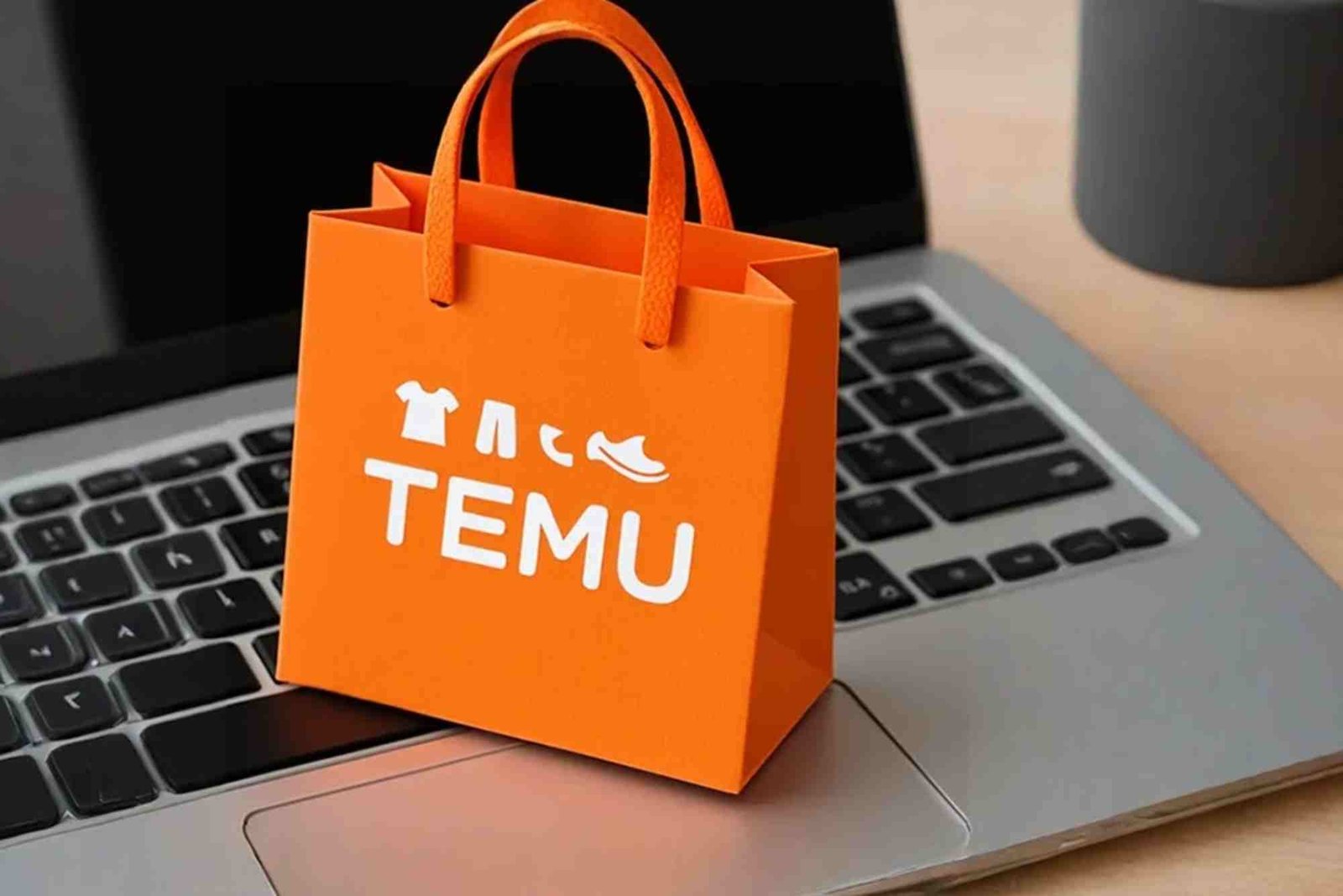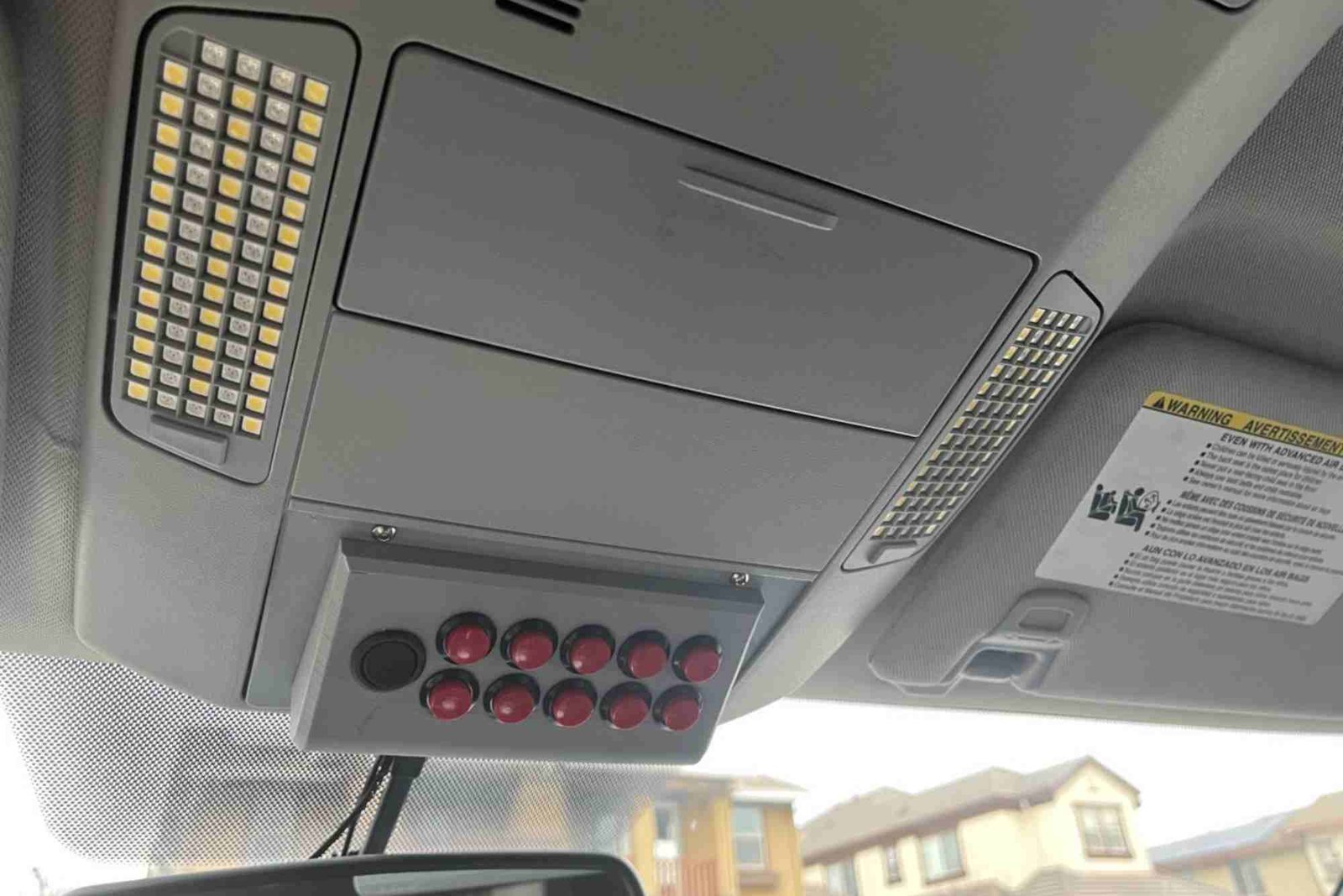When working with molded parts manufacturers, one of the most important conversations you’ll ever have is about pricing. Whether you’re ordering for the first time or scaling up production, the ability to negotiate effectively can make or break your project’s profitability. Having spent years dealing with different suppliers and a fair share of challenging negotiations, I’ve learned that price talks with a plastic molded parts manufacturer are as much about relationship-building as they are about numbers.
If you’re running a startup or managing procurement for a large business, you’ll find that negotiation is not just about getting the lowest cost per part. Instead, it’s about finding the balance between fair pricing, consistent quality, and long-term supply reliability. Let’s dive into strategies that work, what to avoid, and how to create a win-win scenario with your manufacturing partners.
Understand the Cost Structure of Molded Parts
Before stepping into any negotiation, it’s crucial to understand how molded parts are priced. A plastic molded parts manufacturer typically calculates cost based on tooling, raw materials, machine time, labor, and finishing. Tooling (the mold itself) is often the largest upfront expense, while raw materials and cycle times determine recurring costs.
Knowing these elements helps you ask smarter questions. For instance, if you understand that material costs fluctuate globally, you can negotiate a fairer deal by discussing alternatives like resin substitutions or recycled content, rather than pushing for arbitrary discounts.
Do Your Market Research
One mistake I made early on was walking into negotiations with only one quote in hand. That’s like playing poker with your cards facing up. By reaching out to more than one plastic parts company, you gain insights into average market rates, industry standards, and different service offerings.
For example, I once compared three quotes for the same component and noticed a significant price difference. After digging deeper, I realized the higher quote came from a supplier with advanced injection molding technology that reduced scrap and ensured better consistency. That justified their price, but knowing the options gave me leverage to request improvements from other suppliers.
Build Long-Term Relationships
Price negotiation is not a one-off event; it’s part of a bigger relationship. A plastic parts company is far more likely to give you favorable terms if they see you as a long-term partner rather than a one-time customer.
Manufacturers often have to plan production schedules months in advance. If they know your orders will be consistent, they may offer volume discounts, priority in scheduling, or better payment terms. I’ve personally secured cost reductions simply by committing to multi-year supply agreements, which made it easier for the manufacturer to invest in new tooling.
Focus on Total Value, Not Just Price
It’s tempting to chase the lowest possible quote, but that can backfire. A plastic molded parts manufacturer that cuts corners to meet your target price may compromise on quality or lead time. Instead, look at the bigger picture.
Consider questions like:
-
How responsive is their customer service?
-
Do they provide design-for-manufacturing feedback?
-
Are they proactive in suggesting cost-saving design tweaks?
I once worked with a supplier who, instead of lowering the per-unit price, recommended small design changes that reduced cycle time by 20%. That single adjustment saved thousands over the production run—much more than a minor price discount would have.
Use Volume and Forecasting as Leverage
Manufacturers love predictability. If you can provide accurate forecasts of your demand, a plastic parts company is more willing to negotiate. For example, committing to 100,000 units spread evenly over the year is far more attractive than promising “as-needed” orders.
In one negotiation, I showed projected sales growth backed by actual contracts with my customers. By doing so, the manufacturer recognized that my business was reliable, which gave me leverage to secure a 7% discount on bulk orders.
Be Transparent but Strategic
Negotiation doesn’t mean being combative. A collaborative approach works better. Share your cost concerns openly but frame them in terms of mutual benefit. For instance, instead of saying, “This price is too high,” try: “We need to hit a certain cost target to keep this product viable. How can we work together to make that happen?”
When you treat a plastic molded parts manufacturer as a partner, they’re more likely to brainstorm solutions with you, whether that means adjusting materials, refining the mold, or improving scheduling efficiency.
Consider Regional and Global Factors
Geography can impact pricing. A plastic parts company based closer to your distribution hub might reduce shipping costs and lead times, even if their per-unit price is slightly higher. On the other hand, overseas suppliers may offer lower labor costs but introduce risks like tariffs, longer transit, or communication barriers.
Balancing these trade-offs is part of the negotiation process. Sometimes the “cheaper” supplier isn’t truly cheaper once logistics and risk factors are considered.
Don’t Forget Payment Terms
Price isn’t the only lever in negotiation. Payment terms—such as upfront deposits, installment plans, or extended credit—can also impact your cash flow significantly. I once negotiated with a plastic molded parts manufacturer who couldn’t lower the unit cost but agreed to extend net-90 terms. This flexibility improved my company’s working capital and allowed us to reinvest in marketing without waiting for sales revenue.
Leverage Design for Cost Efficiency
Sometimes the easiest way to bring costs down is by tweaking the design. If your component has unnecessary complexity, the manufacturer has to charge more. Collaborating with a plastic parts company during the design phase can lead to major savings.
For example, using uniform wall thickness reduces the chance of defects, which lowers scrap rates and machine time. Similarly, simplifying draft angles can speed up ejection and reduce tooling wear. These may sound technical, but in practical terms, they can translate into thousands in savings.
Know When to Walk Away
Finally, remember that not every negotiation will lead to an agreement. If a supplier refuses to meet your needs despite reasonable attempts, it may be best to move on. A short-term compromise that leads to long-term frustration isn’t worth it. The manufacturing world is vast, and there will always be another plastic molded parts manufacturer ready to compete for your business.
Final Thoughts
Negotiating with molded parts manufacturers isn’t just about pushing for discounts. It’s about building relationships, understanding cost drivers, and finding ways to create value for both sides. When you treat negotiations as collaborative problem-solving, you’ll often walk away with not only better pricing but also a stronger partnership.
I’ve seen firsthand how a thoughtful approach—rooted in research, transparency, and long-term thinking—can transform a supplier relationship from transactional to strategic. Whether you’re dealing with a plastic molded parts manufacturer overseas or a local plastic parts company, remember: successful negotiation is built on mutual trust, respect, and a shared vision of success.




